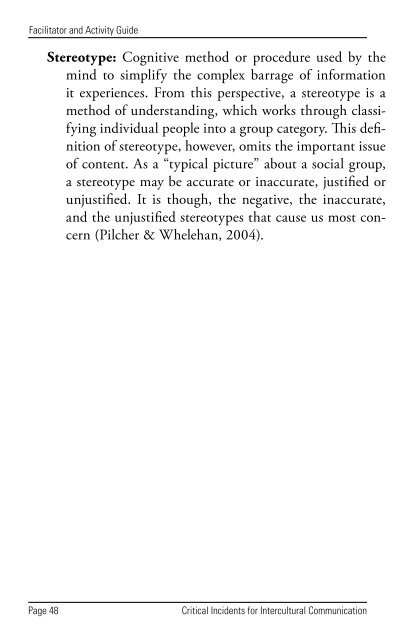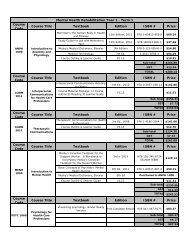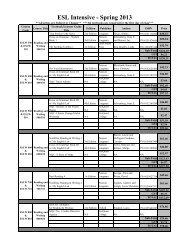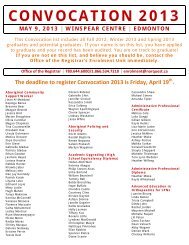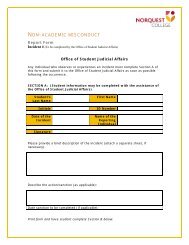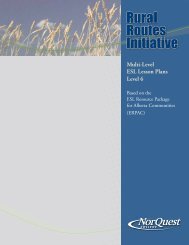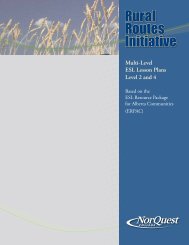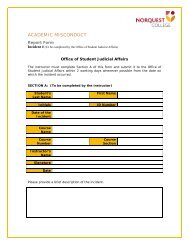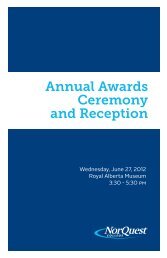Critical Incidents for Intercultural Communication - NorQuest College
Critical Incidents for Intercultural Communication - NorQuest College
Critical Incidents for Intercultural Communication - NorQuest College
- No tags were found...
Create successful ePaper yourself
Turn your PDF publications into a flip-book with our unique Google optimized e-Paper software.
Facilitator and Activity GuideStereotype: Cognitive method or procedure used by themind to simplify the complex barrage of in<strong>for</strong>mationit experiences. From this perspective, a stereotype is amethod of understanding, which works through classifyingindividual people into a group category. This definitionof stereotype, however, omits the important issueof content. As a “typical picture” about a social group,a stereotype may be accurate or inaccurate, justified orunjustified. It is though, the negative, the inaccurate,and the unjustified stereotypes that cause us most concern(Pilcher & Whelehan, 2004).<strong>Critical</strong> <strong>Incidents</strong> Reference GuideCultural OrientationThemes1 Universalism/ParticularismPower DistanceHierarchy/Equality2 Individualism/CollectivismSpace: Private/PublicDeath/DyingCustoms3 FaceCheatingFacilitator and Activity GuideIndividualism/CollectivismPower DistanceTeacher/StudentDiscipline4 Individualism/Collectivism<strong>Communication</strong>:Relationship BuildingHigh/Low Context5 CompetitivenessThinkingKnowledgeLearning Style6 <strong>Communication</strong>:Formal/In<strong>for</strong>malDirect/IndirectApologizingHumourPower DistancePage 48<strong>Critical</strong> <strong>Incidents</strong> <strong>for</strong> <strong>Intercultural</strong> <strong>Communication</strong><strong>Critical</strong> <strong>Incidents</strong> <strong>for</strong> <strong>Intercultural</strong> <strong>Communication</strong> Page 49


